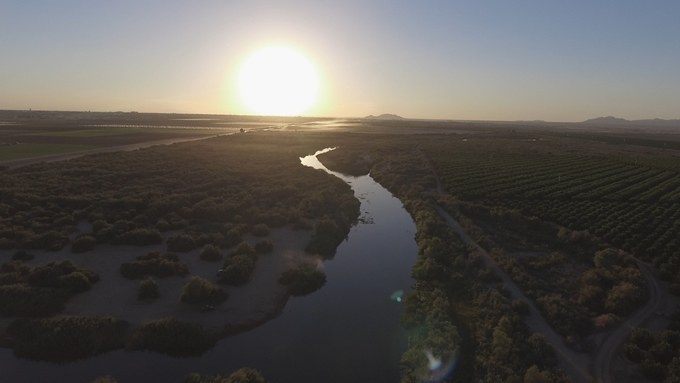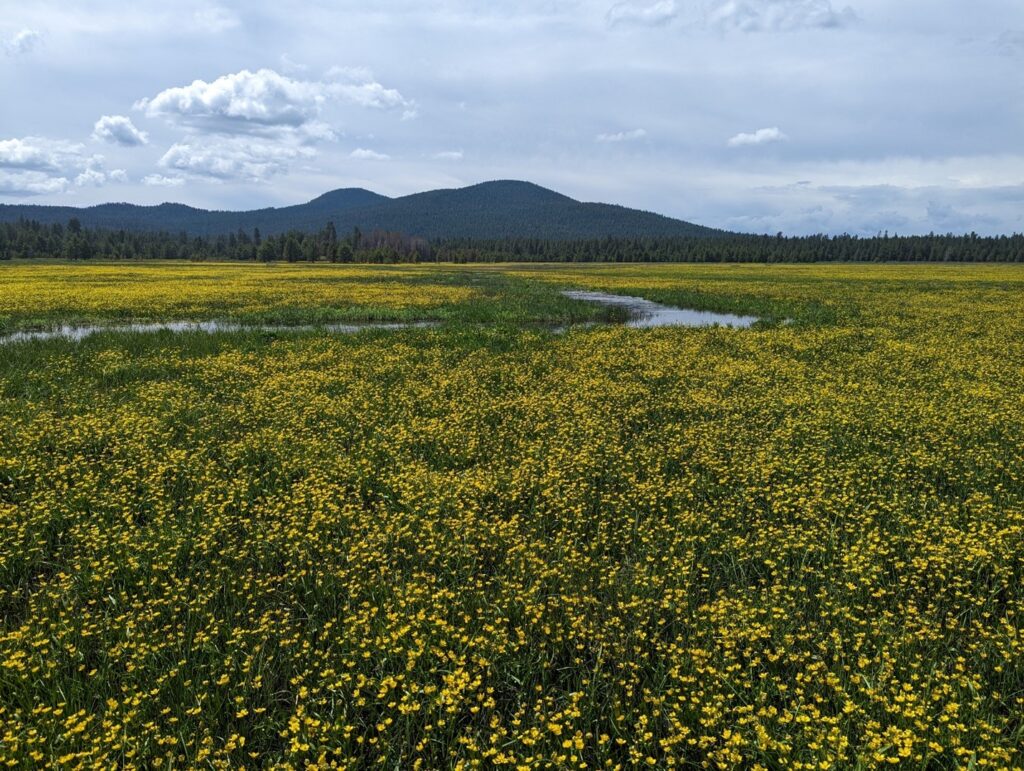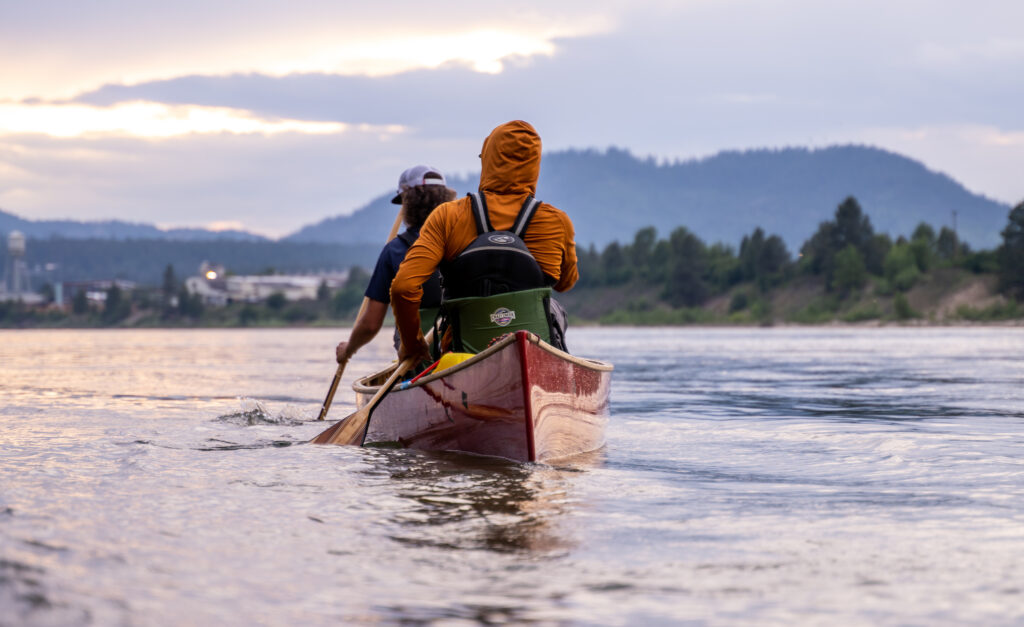Arizona – Get to Know Your Water
While there are undoubtedly difficult challenges ahead, there’s also an opportunity to build a better relationship with our Colorado River supply, and a better future for Arizona and the River.

The Arizona Legislature last week proposed a set of water policy bills that are more notable for the issues they don’t address than for the ones they do. The bills are silent on the most pressing water challenge Arizonans face – the declining levels of water stored in Lake Mead, and the impending probability that this long-term decline will force cutbacks in the state’s water supply. This is unfortunate, as it’s Arizona’s relationship with the Colorado River which has most strongly sustained the state’s economic growth, and prevented the collapse of its native groundwater supply. Increasingly, that relationship is becoming strained by the likelihood that the Colorado River will not be able to supply all of the water Arizona has taken from it, and the need for Arizonans to adapt to likely future shortages.
Arizona relies on the Colorado River in many ways. Communities, farms and tribes along the course of the river have direct access to its waters, and some of the highest priority claims to use them. River water also flows hundreds of miles across the desert through the Central Arizona Project canal to supply residents of Phoenix and Tucson, as well as farms across Maricopa, Pinal, and Pima Counties. In the 1960’s, in exchange for federal funds to build the canal, Arizona agreed that this water would have lower priority than water delivered to other users in California and Nevada. Complicating this picture, water delivered by CAP is also broken into higher and lower priority tiers. The important take home from all of this complexity is that Arizona is first in line for water supply cutbacks when there’s a shortage on the Colorado River.
Fortunately, the three states, the federal government, tribes, and Mexico have been working on solutions to sustain levels in Lake Mead, and prevent the deepest cutbacks to water users. Known as the Drought Contingency Plan, or DCP, this effort envisions an initial level of voluntary cutback in Arizona that will hopefully be enough to stave off deeper shortages, and more painful mandatory cuts. But in order to make this work, Arizona needs to have a difficult conversation about its water use, and how its future CAP supply will be used. In short, Arizona must cooperatively reach an agreement about how it will invest its water portfolio and create a fair solution for future water use. Inevitably, there will be challenges as some water users will lose their accustomed access, but without this Arizona dialogue and solution, the outcome could be more difficult for the state to bear.
Which is why the bills currently in the Legislature are so troubling. They don’t pose any solutions; they don’t reflect the progress made in discussions between water users, water providers and state leaders; they don’t show leadership on behalf of all Arizonans or the Colorado River. Arizonans can’t afford to delay a challenging conversation about the future of the River and the state’s communities for much longer. All of us should get to know our water, and the real concerns about this security of this lifeline. By knowing your water, we’ll be better able to cooperatively develop solutions and to become more flexible and efficient in the way we use our Colorado River supply. While there are undoubtedly difficult challenges ahead, there’s also an opportunity to build a better relationship with our Colorado River supply, and a better future for Arizona and the River.





1 response to “Arizona – Get to Know Your Water”
Issues relating to sustainability and replenishment of water resources are ubiquitous. Throughout our country and other countries we have significantly disturbed natural soil functions, and our ability to replenish water supplies. When we alter soil structure, crushing soil pores we permanently deminish ability to restore our water resources.